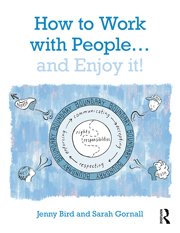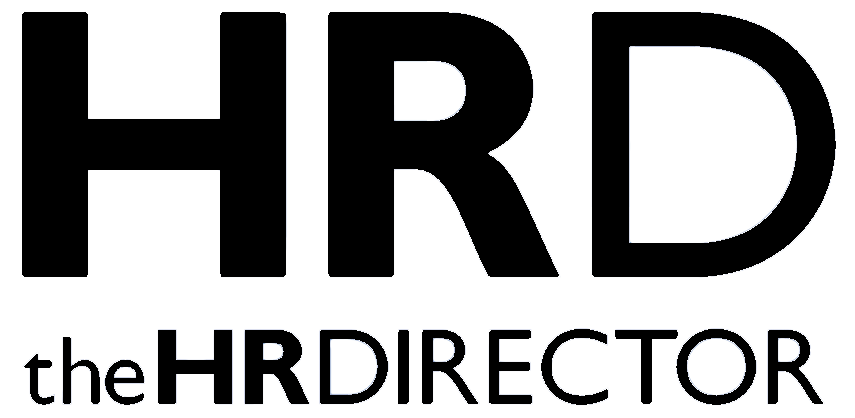I have to confess that I am biased about this book. In my work as a leadership psychologist I have used the author’s previous book The Art of Coaching. So I opened this with positive feelings and high expectations. I’m delighted to say I was not disappointed.
Like its predecessor this is a book that looks deceptively simple but is actually full of very profound insights, stories and exercises that would be of benefit to anyone in corporate life, from a graduate trainee up to the C-suite. In fact many of the areas that it covers including, for example, how to improve self-awareness, set boundaries and practice self-care are, in my experience, often more needed in the C suite than anywhere else.
The authors don’t advertise it up front but the book is a clever amalgam of transactional analysis, classic EQ and what we at CDP called psychodynamic leadership thinking. What makes the book brilliant, though, isn’t just the content but its USP – the illustrations.
Many business books include illustrations and models , but this book puts them at its heart. They are so good I have to admit that I have often used diagrams from the author’s previous book when coaching or doing a workshop (always credited, of course, just in case the copyright lawyers are reading!).
There’s something about a good diagram that really conveys a message well. As someone who ‘s very interesting in evolutionary psychology I suspect that is because it was our first form of non-verbal communication, just think of the power of those amazing drawings in ancient caves across the world. That is why I think it’s particularly clever of the
illustrator Jess Balla to use drawings that are hand sketched and not overly designed. They are very accessible and clear It’s certainly as much her book as the authors.
It’s also very clever of the publishers, Routledge, to format the book so that it’s a different shape to the usual business book as this conveys that this book is going to be different and flicking through it you can see that it is. Almost every page has a pull out box, or a bullet point list or a diagram or a story on it. In fact there are very few blocks of text, the longest one I could find was about 10 lines long.
This all means the information contained in the book is not something you have to take in via big chunks of reading time but that you can snack on it, reading a section here and a section there. Indeed that’s probably a better way to read this book, as it certainly shouldn’t be rushed through. For despite despite how simply they have packaged it, the ideas in it are often very deep and profound. Any of us could take a long time to master just one of them.
The book, as I’ve indicated, covers got a lot of ground in a very simple intuitive way. It offers an insight or model, and then explains that clearly and follows it with very accessible stories that bring it to life. There’s also dozens of exercises that you can do to bring the material to life for you.
One of the things I particularly like about it is that it relentlessly asks what could go wrong, accepting that change in these areas, which are often intrinsic to one’s personality, isn’t easy. There will be missteps, derailers and roadblocks along the way. By anticipating these the book does its readers a great service.
At the beginning of the book it says that, “results come when potential is maximised and interference is minimised”. This is spot on. I can certainly imagine myself saying to every client that uses it, “next, make sure you read this book”.
Derek Draper – chief executive of CDP Leadership Consultants






